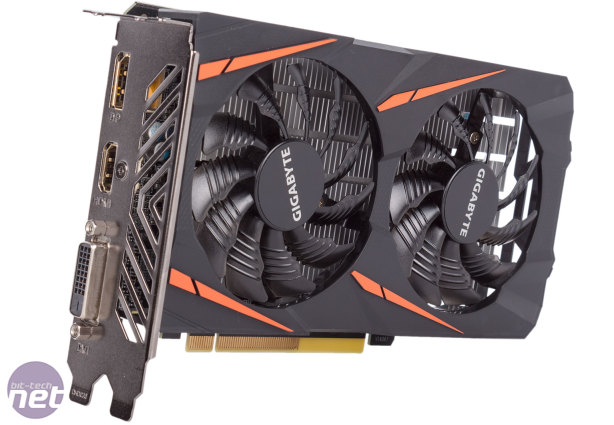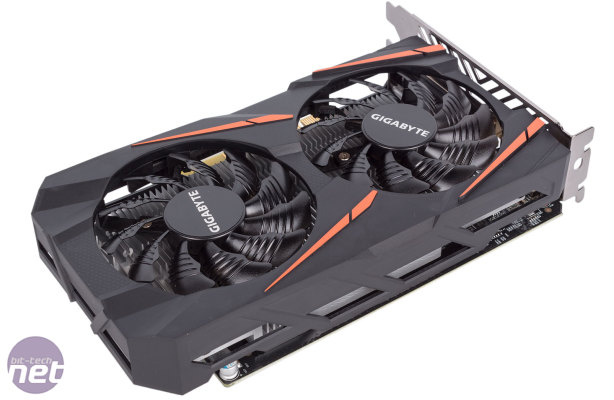Performance Analysis
We're not often outfitted with cards in this price category. They have their position in the market, of course, but our usual position on them is that generally it is worth waiting to save a bit more cash, buy a slightly more expensive card and net yourself significantly more performance. Our regular test suite also isn't designed for entry-level cards either; even limiting ourselves to 1080p, the regular benchmarks reveal that the RX 460 is definitely not up to the task of running modern games at 1080p with high or ultra settings. Only one of the games can be considered playable, which is Total War: Warhammer, while The Witcher 3 comes close with a minimum of 29fps. Elsewhere, the frame rates are just too choppy.In its own documentation, AMD's comparisons suggest the RX 460 is superior to both the R7 260X and GTX 750 Ti. We don't have these cards in stock any more, but given that the GTX 950 can be found for £110 it seemed like a more suitable comparison. In the regular benchmarks, Nvidia's card emerges as 10 percent quicker on average, although both cards are likely bottlenecked in one way or another by the high settings.
As such, we quickly reran our six games at medium settings (or the closest equivalent) on both the GTX 950 and the RX 460. 1080p medium is generally the lowest setting we'd recommend playing at – perhaps a bit of an elitist statement, but we're sure many of you will agree. Unfortunately for AMD, this only widened the difference between the cards, with the GTX 950 now being 16 percent ahead. In DirectX 12 titles, the difference is less, something we've observed a lot recently, but Nvidia is still faster all the time in the medium tests. The RX 460 is considerably smoother in all titles, but still not above a 30fps minimum in every single one.
Gigabyte's card was most regularly hitting speeds of between 1,100MHz and 1,130MHz, which is some way off the boost clock of 1,212MHz. As we've observed with other RX 400 series cards, this is a power limitation more than anything else – this isn't surprising given the lack of a supplementary power connector - and with the power limit increased 1,212MHz is hit pretty much constantly.
Power consumption is predictably low – it knocks about 40W off the GTX 950's figure, so is the more efficient card at least. Cool and quiet are terms AMD advertises the RX 460 with, and this description proved accurate. The delta T of 44°C is nice and low, and the noise output is extremely low – while the maximum fan speed in Radeon WattMan was set by default to 2,200 RPM, the card levelled out to just under 1,000 RPM in games, which was practically inaudible even when we unplugged all our system fans.
With the core and memory overclocked and the power limit lifted, the Gigabyte RX 460 improved in benchmarks by between 12 and 20 percent. This is a good result, and put it on a more level playing field with the GTX 950. The card's boosting was well maintained and system power consumption rose from 206W to 224W. Meanwhile, the temperature, fan speed and noise hardly changed at all.

MSI MPG Velox 100R Chassis Review
October 14 2021 | 15:04











Want to comment? Please log in.